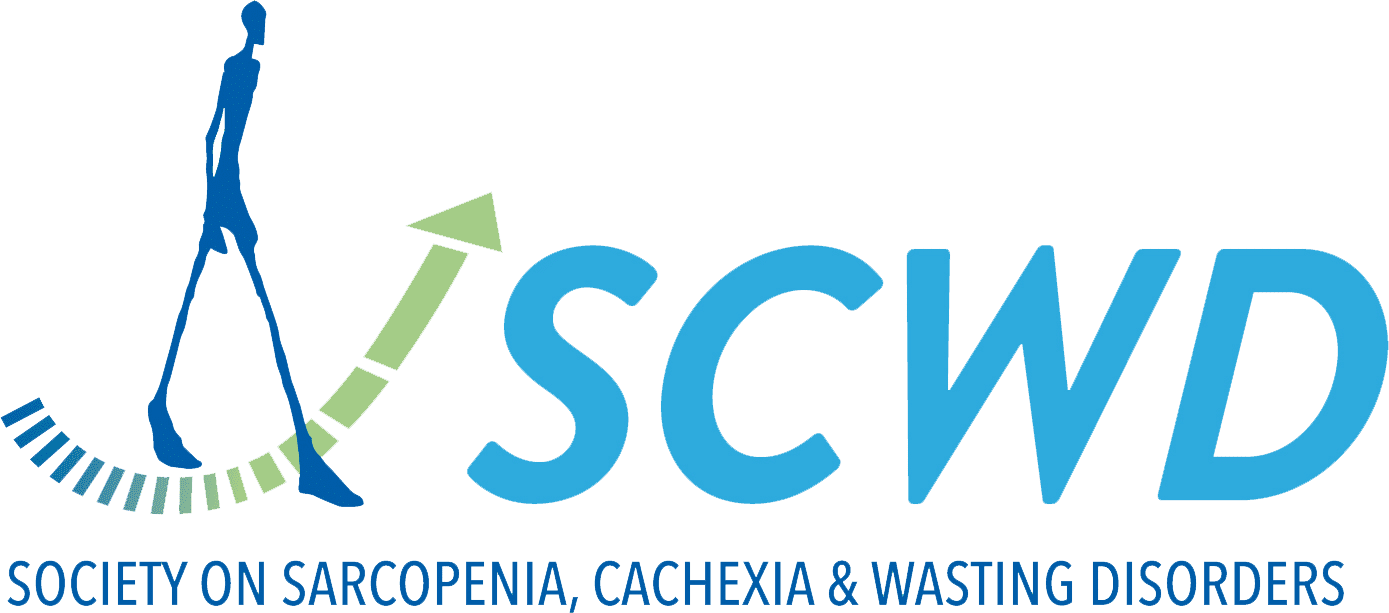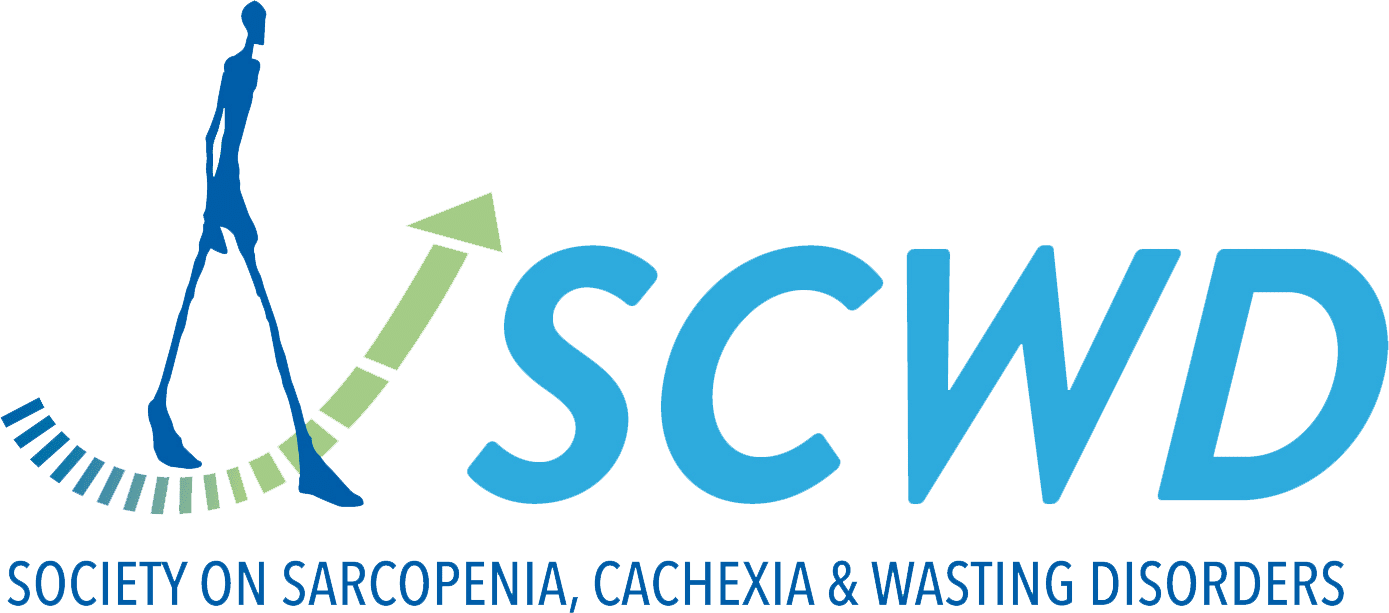Cancer Cachexia: Molecular Mechanisms and Therapeutic Strategies
Cancer cachexia (CC) is a feature of cancer-related muscle wasting characterised by reduced energy intake and heightened activation of skeletal muscle catabolic pathways. CC is particularly prevalent amongst older individuals and significantly contributes to increased morbidity and mortality, with approximately 20-30% of cancer patient deaths attributed to this condition. Effectively addressing cancer-associated wasting, which includes interconnected pathologies such as anorexia, cachexia, and sarcopenia, in affected older patients is thus paramount to preserving their independence, improving their quality of life, and enhancing their ability to endure and respond to cancer treatments.
This review aims to investigate the molecular mechanisms underlying CC as well as the pharmacological and non-pharmacological strategies to alleviate it, with a particular focus on the unique needs of older demographics.
Key learnings:
Cancer cachexia (CC)’s pathophysiology is complex, involving increased inflammation and proteolysis as well as appetite and metabolic changes across muscle and adipose tissues. CC amplifies atrophic signalling and impairs anabolic pathways, resulting in alterations in protein turnover which favour muscle degradation. The inflammation this triggers across muscle and adipose, combined with chemotherapy, increases muscle loss, leading to increased fatigue and physical inactivity. These factors contribute to CC development, with anorexia, sarcopenia, and ageing exacerbating its progression by disrupting energy balance regulation and reward-based hunger drives.
Pharmacotherapies explored for CC include antidepressants, appetite stimulants, anabolic drugs, cytokine mediators, and corticosteroids. While drugs like thalidomide, mirtazapine, and anamorelin are clinically effective for CC, they may also induce gastrointestinal and cardiovascular complications. Non-pharmacological strategies for CC include exercise, nutritional counselling, psychosocial interventions, and enteral nutrition. Resistance training in particular may mitigate appetite loss in cancer patients. Future research should focus on refining appetite stimulants with fewer side effects, specifically tailored to the needs and polypharmacy of older patients. Personalising exercise and nutritional plans to accommodate altered mobility, taste, and digestive function in older patients, considering individual patient tolerance, and accounting for potential drug-supplement interactions, is also imperative to effectively managing CC.
Reviewed by: S. Duarte


